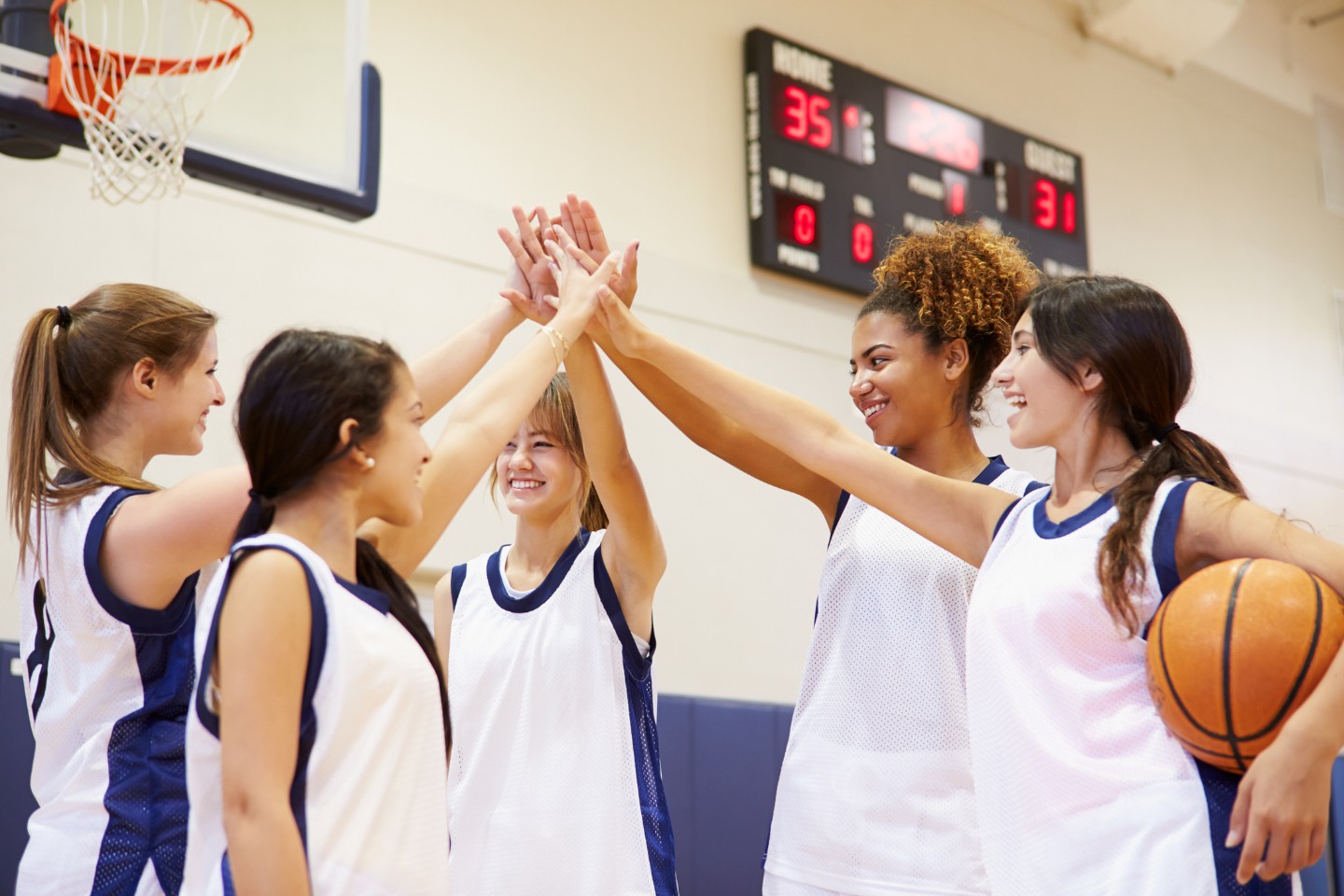Strength Training: Why it is Important for Moms
NOV 05, 2025Progressive overload means consistently challenging your muscles to do a little bit more than they're used to.
Read More
When you think of incontinence, you probably think of older adults. It might surprise you to learn that one in four female athletes in different sports could be suffering from urinary incontinence, according to a recent meta-analysis.
In fact, studies have shown that urinary incontinence in this young population has increased. Youth in high impact sports are especially at risk for developing stress urinary incontinence.
In volleyball, the prevalence of incontinence was as high as 75.6%. Another study found that over half of elite track and field athletes have self-reported stress urinary incontinence. Other studies have found that this issue also affects dancers, jumpers, runners, endurance athletes and weightlifters.
There’s a reason you never hear about it. A study in the Midwest revealed that while more than 25% of young female athletes surveyed experienced incontinence, more than 90% have never told anyone about the problem and have no knowledge of how to prevent it. Unfortunately most young athletes are suffering in silence, largely due to embarrassment or lack of information and knowledge about the issue.
Urinary incontinence can occur for several reasons. In a nutshell, the pelvic floor muscles may be weakened, or they could be overpowered by abdominal muscles generating too much intra-abdominal pressure, or perhaps they just get tired quickly from the repetitive loads.
For example, long-term high impact physical activities can stretch and weaken the pelvic floor muscles. This puts the athlete at risk of stress urinary incontinence. It can happen in sports with repetitive jumping and landing, and strenuous exercise such as heavy lifting in the gym with increased intra-abdominal pressure can overload.
On the other hand, overly contracted abdominal muscles without proper awareness and strengthening of pelvic floor muscles could also cause an imbalance in intra-abdominal pressure management. Muscle fatigue of fast twitch pelvic floor muscles (those used for coughing, sneezing and laughing) can also cause urinary incontinence.
Pelvic floor muscle training (PFMT) is an effective therapy for stress urinary incontinence because it identifies the cause, treats and prevents pelvic floor dysfunction in athletes.
This is more than just doing Kegel exercises to strengthen pelvic floor muscles. In fact, if your pelvic floor muscles are holding too much tension, Kegels would not help very much. Instead, PFMT is targeted treatment and exercises that reduce pelvic floor dysfunction and ultimately prevent urinary incontinence.
A good place to start is a visit to a pelvic floor physical therapist. Consult with a pelvic floor physical therapist if you’re experiencing symptoms, or if you want to find out more information.
Resources
Carls C. The prevalence of stress urinary incontinence in high school and college-age female athletes in the midwest: implications for education and prevention. Urol Nurs. 2007 Feb;27(1):21-4, 39. PMID: 17390923.
de Mattos Lourenco TR, Matsuoka PK, Baracat EC, Haddad JM. Urinary incontinence in female athletes: a systematic review. Int Urogynecol J. 2018 Dec;29(12):1757-1763. doi: 10.1007/s00192-018-3629-z. Epub 2018 Mar 19. PMID: 29552736.
Rodríguez-López, E.S., Acevedo-Gómez, M.B., Romero-Franco, N. et al. Urinary Incontinence Among Elite Track and Field Athletes According to Their Event Specialization: A Cross-Sectional Study. Sports Med - Open 8, 78 (2022). https://doi.org/10.1186/s40798-022-00468-1

Progressive overload means consistently challenging your muscles to do a little bit more than they're used to.
Read More
A Nurse Practitioner answers your essential mammogram questions. Understand timing, prep, the procedure, callbacks, and financial options.
Read More
Radiotherapy is a finely tuned, powerful partner that can work with your surgery to give you the best possible outcome for breast cancer.
Read MoreWhen you need local health information from a trusted source, turn to the CHI Health Better You eNewsletter.